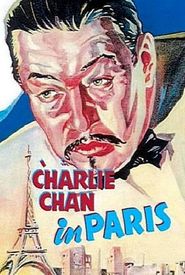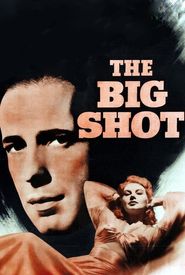Lewis Seiler's journey to Hollywood in 1919 marked the beginning of a prolific career, initially as a gag man and assistant director, before transitioning to directing a series of two-reel comedies. Throughout the 1920s, he collaborated closely with Tom Mix on Western productions, showcasing his versatility as a filmmaker.
In the 1930s, Seiler spent a significant portion of his career at Warner Brothers, producing a range of gritty gangster films and social dramas, including notable titles such as Crime School (1938),King of the Underworld (1939),and Hell's Kitchen (1939). His impressive body of work during this period highlights his ability to tackle diverse genres and themes.
Seiler's most renowned achievement, however, is arguably his direction of the critically acclaimed war picture, Guadalcanal Diary (1943),widely regarded as one of the finest war films to emerge from Hollywood. After retiring from motion pictures in 1958, Seiler shifted his focus to television, remaining active in the industry until his passing.





























































